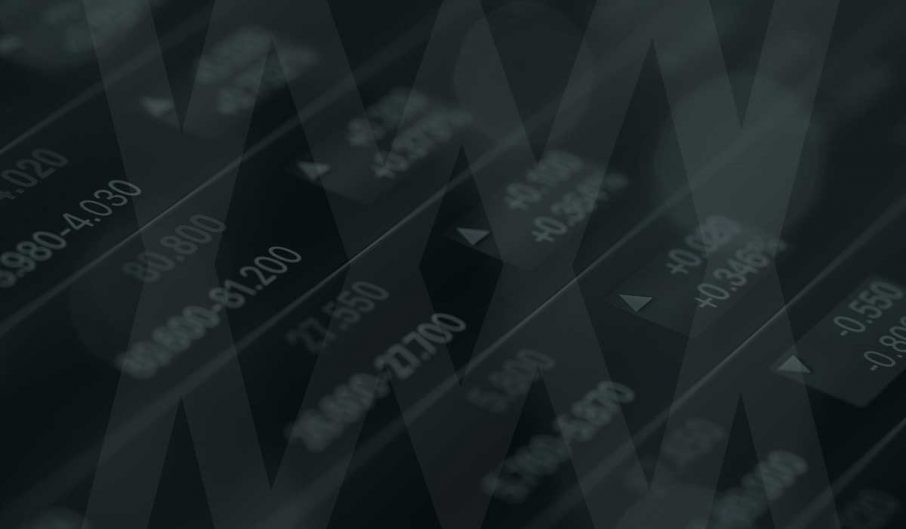
Market Down and Dirty
Last Week’s Economic/Market Summary
Data
- U.S. equity indices ended the week higher despite being one of the most volatile since 2020.
- S&P 500 +1.57% Dow +2.03%, Russell 2000 +2.24%, Nasdaq +0.75%1
- The All-Country World Index rose +1.61%.1
-
-
- S&P 500 sub-sectors ended the week mixed.
- Energy led to the upside by a massive margin, finishing +13.58%.1
- Real Estate, Utilities, Consumer Discretionary & Staples were the negative sectors.
-
- The CBOE Volatility Index (VIX) ended down 0.79% but closed above 30 at 31.37. 1
-
- US Treasury bond yields moved higher last week, led by the long-end.
- US 2yr +0.03% at 4.30%, 10yr +0.08% to 3.88%, 30yr +0.07% to 3.84%.1
- The higher yields move, the more stress is put on the global economic system.
- Commodities as an aggregate asset class were higher last week.
- WTI Crude skyrocketed higher by +17.25%.1
- Gold gained 2.05%.1
- The US Dollar index rose 0.55%.1
- In our opinion, U.S. economic data was mixed last week.
- Employment data continued to show strength empowering the Fed to continue hiking. 1
- Additionally, the unemployment rate dropped & wage inflation rose. 1
- US manufacturing data grew at its slowest pace since May 2020. 1
- Employment data continued to show strength empowering the Fed to continue hiking. 1
- An index of equities outside the US (FTSE All-World ex-US) ended up 1.53%.1
Conclusion
- US Equities ended the week positive despite giving back most of the week’s gains on Friday following stronger-than-expected labor market data.
- After mounting the best 2-day rally since April 2020 through Wednesday, the S&P 500 ended the week with consecutive declines that saw losses snowballing to almost 3% on Friday. 1
- We believe most of the gain earlier in the week was backed by false hopes for a friendly Federal Reserve pivot that was dashed by economic data later in the week.
- The stock market did rise and snap a 3 week, 12% slump. 1
- For the 40th straight week, the index averaged a daily swing above 1%.1
- This level of prolonged volatility hasn’t been seen since 2009. 1
- Down 24% over the last 9 months, this equity market downturn has already outlasted 5 of the previous down cycles or half of all the bear markets since the 1960s. 1
- After mounting the best 2-day rally since April 2020 through Wednesday, the S&P 500 ended the week with consecutive declines that saw losses snowballing to almost 3% on Friday. 1
- S&P 500 sectors ended the week extremely mixed.
- Energy skyrocketed higher by 13.58% after OPEC+ cut production by 2m barrels a day. 1
- OPEC+ stepping in to support the price of oil has given the sector a tailwind.
- Real Estate, Utilities, Staples, & Discretionary were the negative sectors on the week.
- Energy skyrocketed higher by 13.58% after OPEC+ cut production by 2m barrels a day. 1
- The VIX volatility gauge declined on the week yet advanced strongly in the 2nd half of the week to finish the period above the critical 30 level. 1
- We reiterate what we’ve been writing about for the last several weeks that many measures of viewing volatility indicate it is close to breaking out and its forward structure is very much so currently “risk off” in nature.
- From these elevated VIX levels, the fear-gauge will need to mean revert lower or there is a risk of a systematic, forced mass liquidation of stocks.
- US Treasury yields moved higher last week across the yield curve.
- The bond markets relentless rout has hit Treasury investors with a loss of around 13% this year and pushed 2-year yields to about 4.3%, just shy of the 15-year high hit last month. 1
- We continue to closely monitor the massive credit markets as they often times lead the way on what could come down the pipeline with equity markets.
- The Fed really finds itself in a tough spot as their aggressive rate hiking doesn’t seem to be hitting the labor markets while it has driven up the cost of borrowing money & the US Dollar.
- Meaning it has driven up the cost of doing business for corporations and govts alike.
- The higher yields go, the more stress that is put on the global economic system.
- For instance, risk gauges in Germany’s government debt market rose last week to levels higher than recorded in the 2008 financial crisis as margin calls forced selling. 1
- The cost of hedging German government debt with interest-rate options, or option-implied volatility, meanwhile rose to the highest level on record. 1
- Weaker European banks may have trouble finding short-term funding as credit default swap insurance climbed to nearly 4% above interbank funding costs. 1
- The Fed really finds itself in a tough spot as their aggressive rate hiking doesn’t seem to be hitting the labor markets while it has driven up the cost of borrowing money & the US Dollar.
- Additionally, the share of companies that don’t earn enough to cover their interest expense has risen as well.
Ryan A. Mumy, CFP®,
AIF® – Chief Investment Officer
Contact: 828/855-9400
info@CIASonline.com or rmumy@bloomberg.net
1 Source: Bloomberg – 10/07/2022
Disclosures: The information provided in this paper is for general informational purposes only and should not be considered an individualized recommendation of any particular security, strategy or investment product, and should not be construed as investment, legal or tax advice. Capital Investment Advisory Services, LLC makes no warranties with regard to the information or results obtained by third parties and its use and disclaim any liability arising out of or reliance on the information. This information is subject to change and, although based on information that Capital Investment Advisory Services, LLC considers reliable, it is not guaranteed as to accuracy or completeness. Source information is obtained from independent financial data suppliers. For investment related terms definitions, please visit: www.investopedia.com Past performance is no guarantee of future results. Additional information about CIAS and its Form ADV Part 2A are available on the SEC’s website at www.adviserinfo.sec.gov Advisory services through Capital Investment Advisory Services, LLC Securities may be offered through Capital Investment Group, Inc. Member FINRA/SIPC Both firms located at 100 E. Six Forks Rd. Suite 200, Raleigh, NC 27609 919-831-2370

